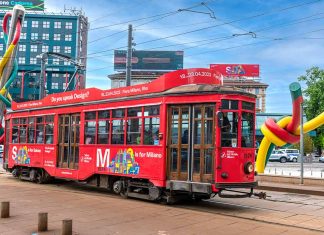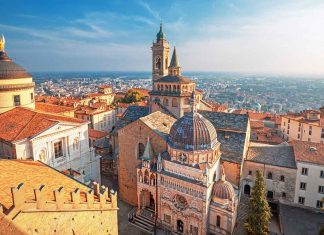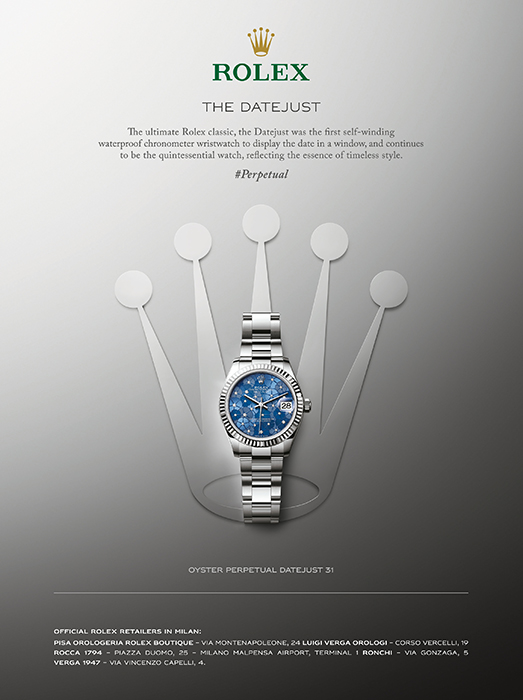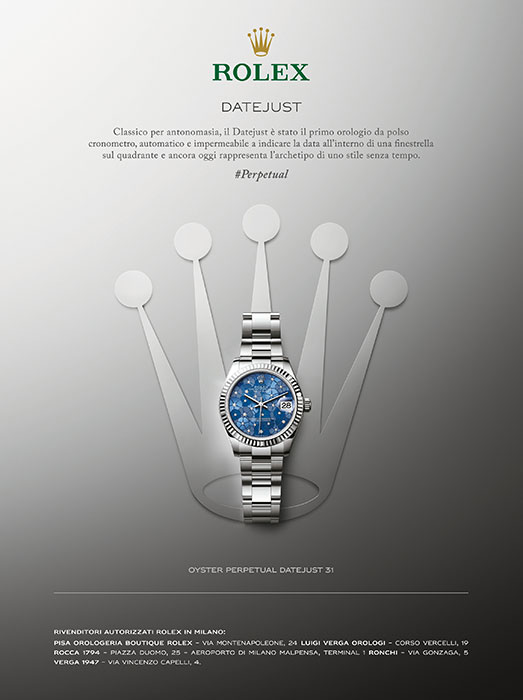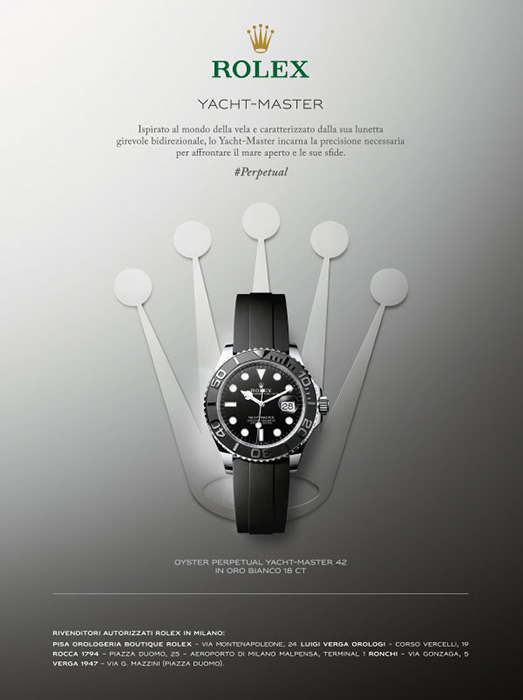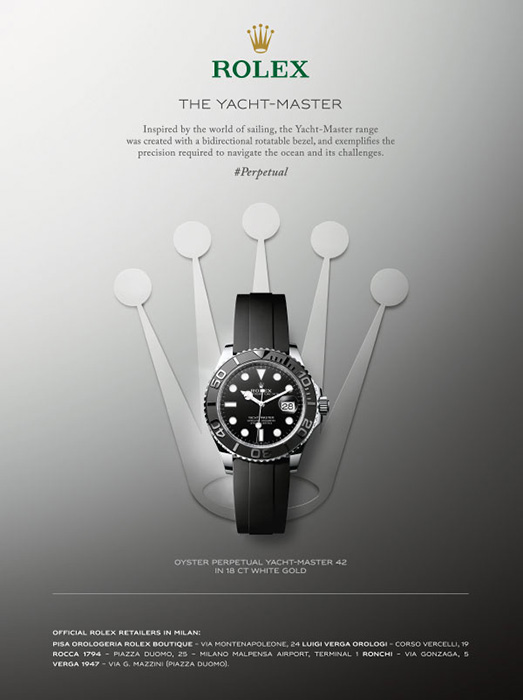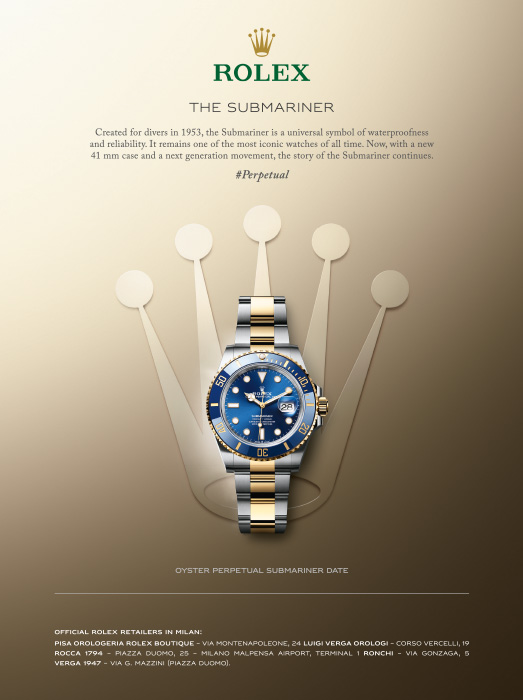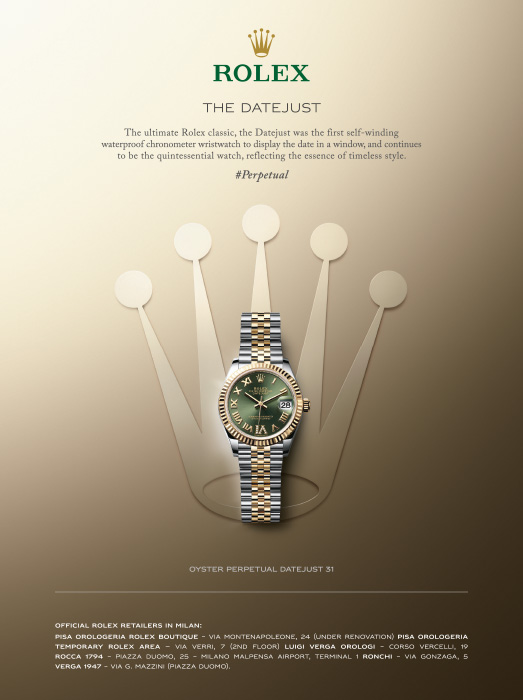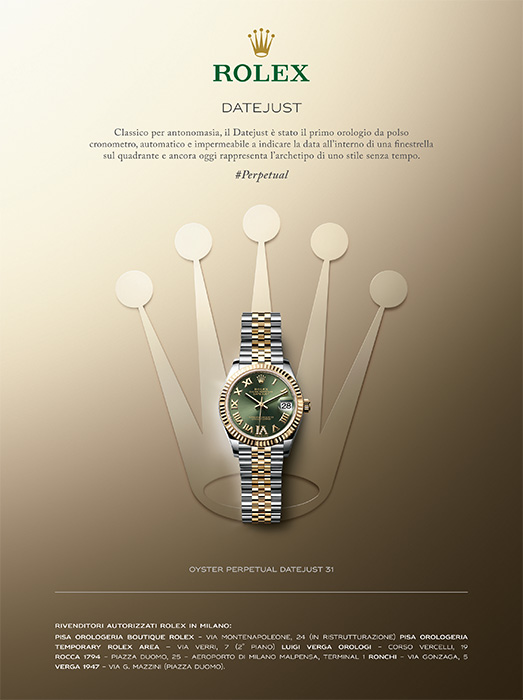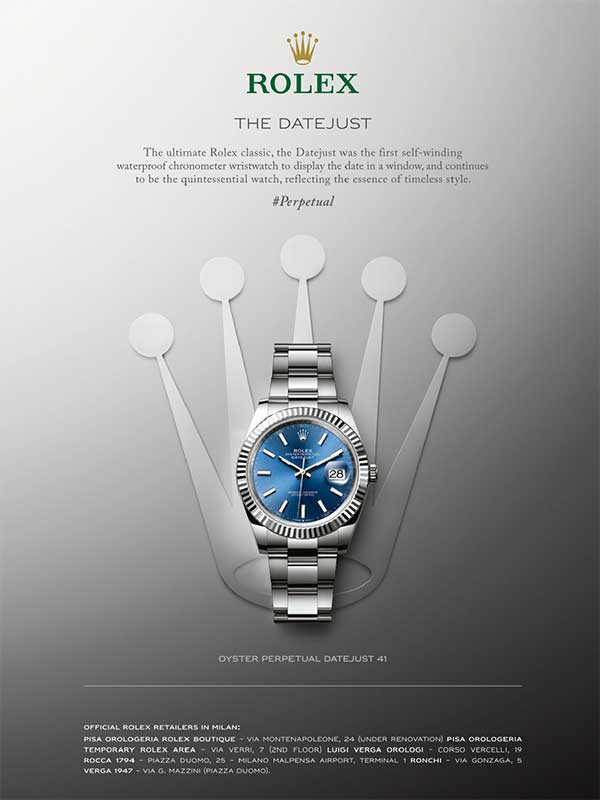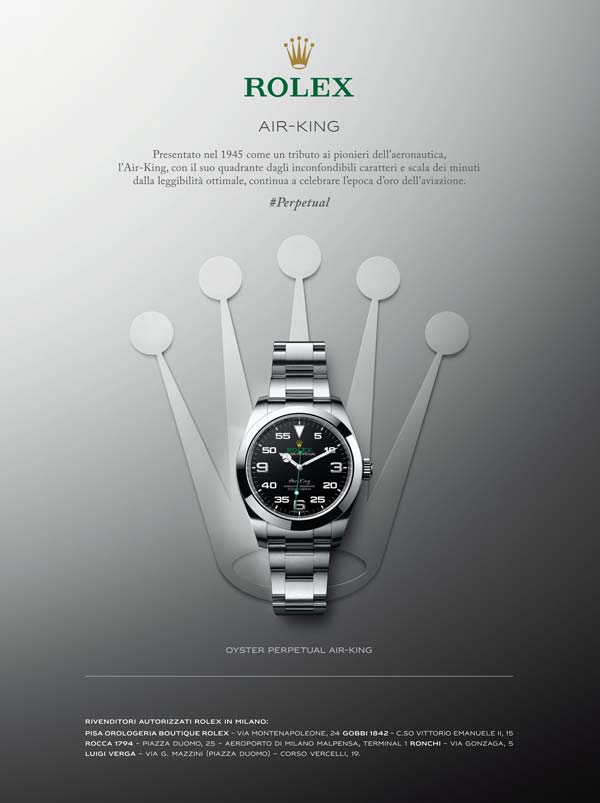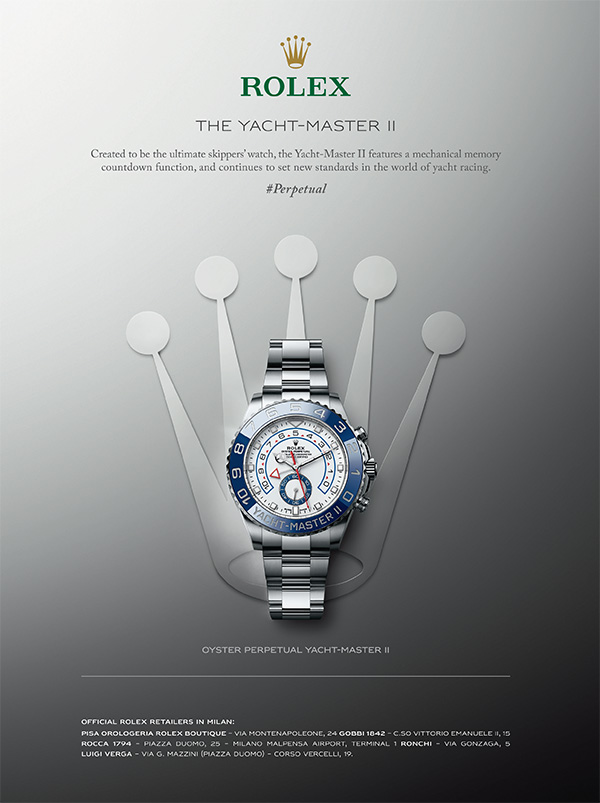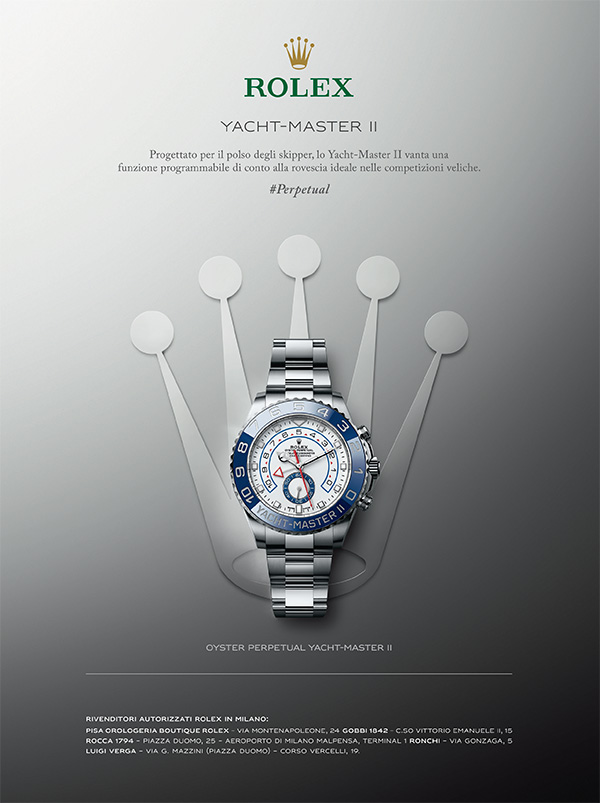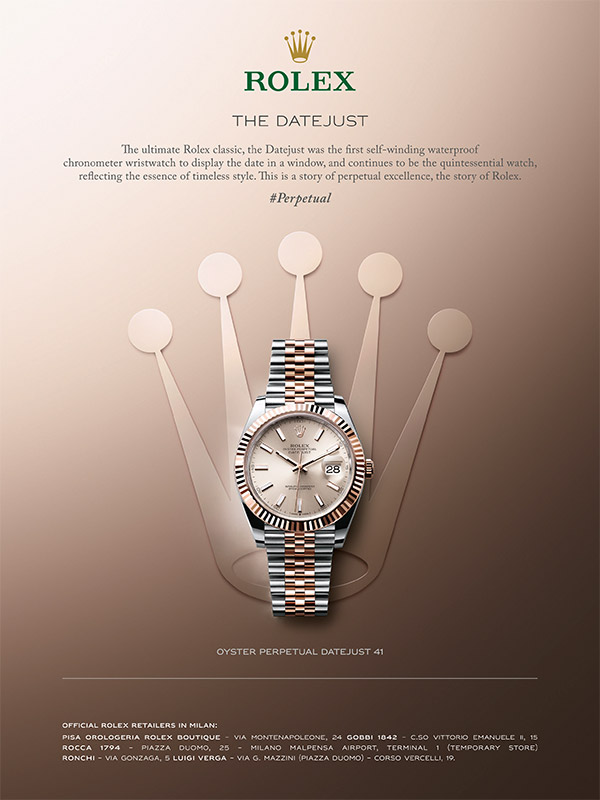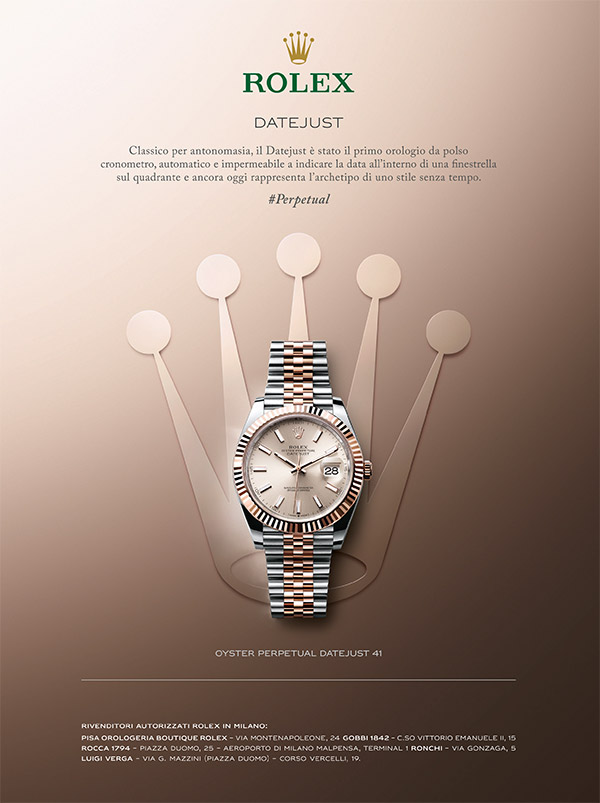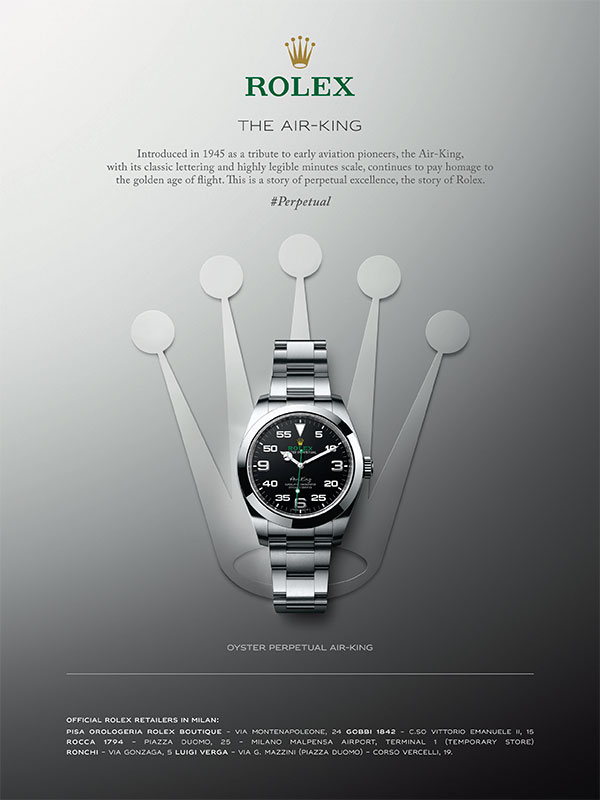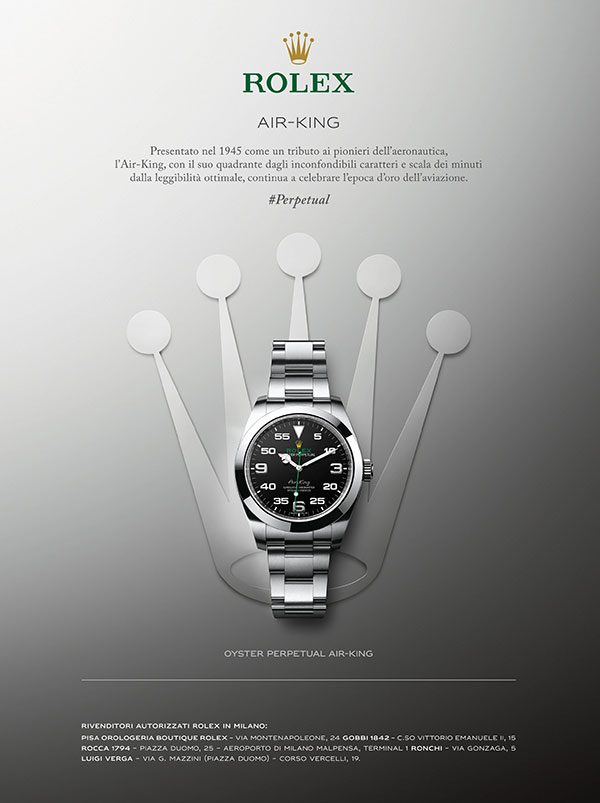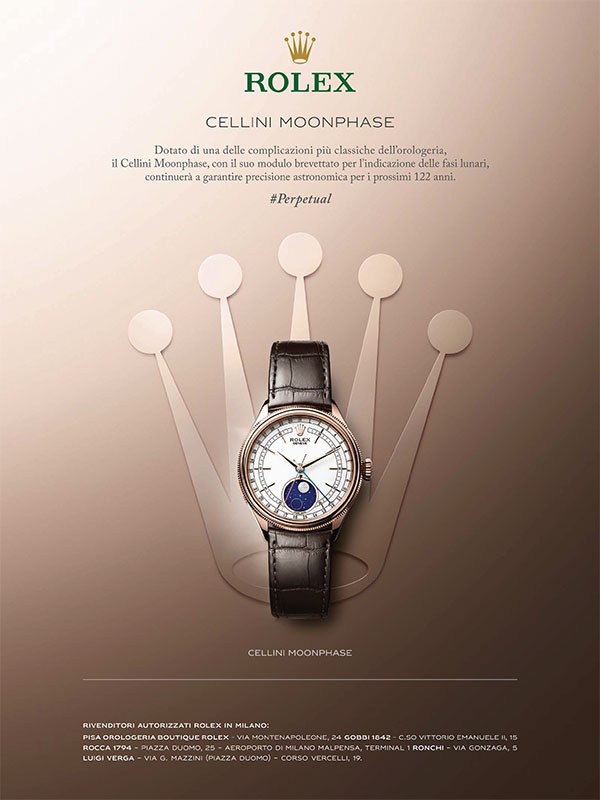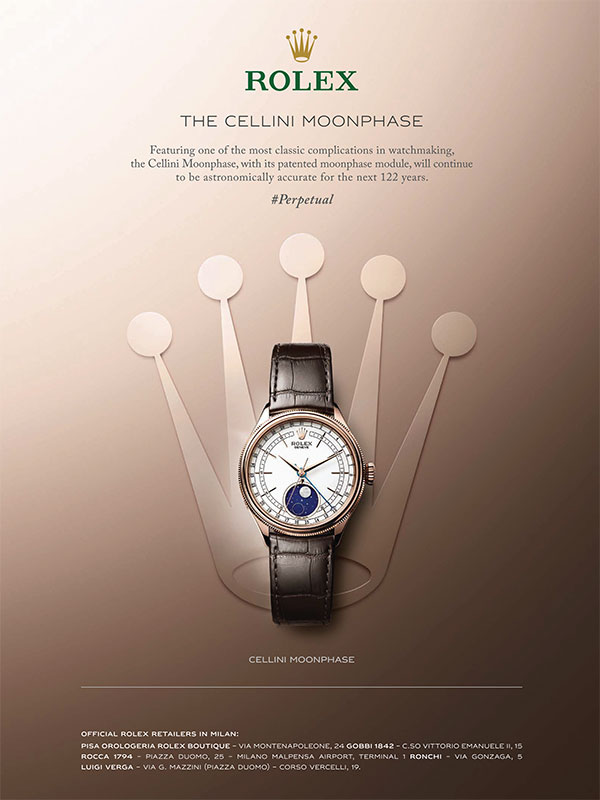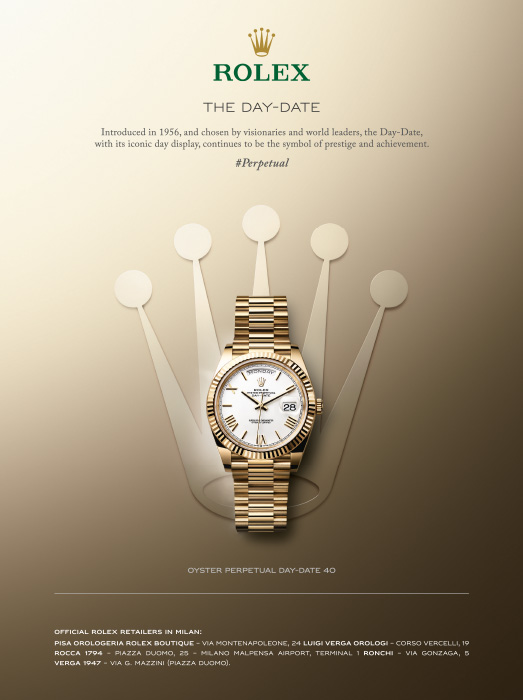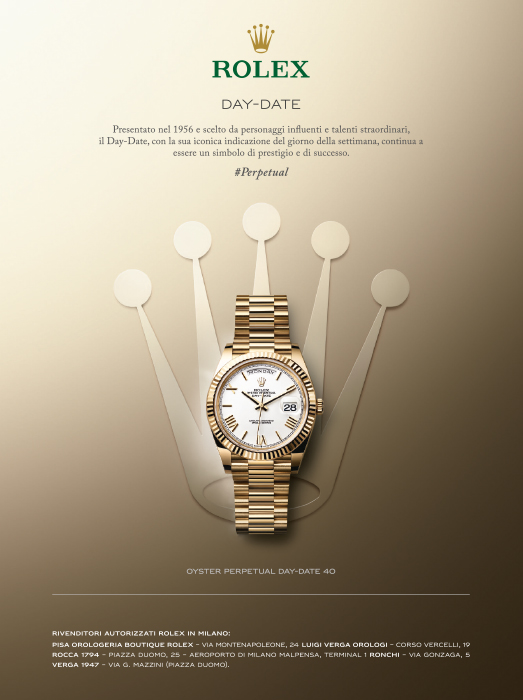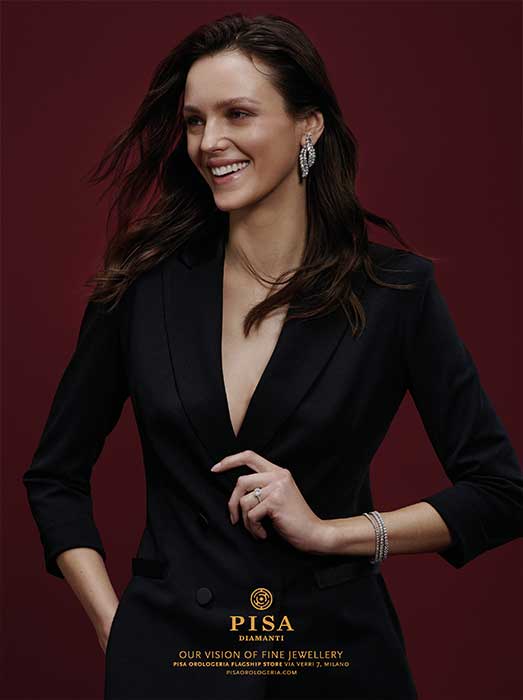If you enjoy discovering the unexpected, if you’re curious, if you love glamour but also all things bucolic, if you’re a city dweller but also a lover of the countryside, then Milan is the place to be. This is a city of fabulous contradictions. In just one weekend, while strolling through the streets brimming over with stunning gems of architecture and chic shops, you can discover hidden oases of peace denoting the parallel life of the city. Marvellous courtyards in all neighbourhoods reveal the other side of the city: in corso Venezia, the gardens of aristocratic palaces such as Palazzo Isimbardi and Casa Fontana Silvestri (1), right up to the Gardens of Porta Venezia (2); along the Cinque Vie and in Brera, the workshops of artisans and antique dealers and prêt-à-porter, on the Naviglio Grande the ateliers of artists and, in Corso San Gottardo, the remains of old factories. The Isola district (3) and the area of via Tortona are home to creative design spaces such as, for example, the workshop of Costanza Algranti (4) while Lambrate boasts an unexpected array of art galleries.
Courtyards, however, are no longer simply used as work spaces or decorative elements. Nowadays, you can even dine in some of them, possibly while taking shelter from the heat in the shade of a flowering tree. Though not easy to track down, for an unmissable wholly local experience, head to the southern outskirts of the city. Formerly home to farmhouses and fields, abbeys and monasteries, they now house several of the city’s most picturesque restaurants: Erba Brusca, Shambala and 4Cento. However, the oldest and the one most closely associated with the history of Milan is undoubtedly Al Garghet: a DOC Milanese trattoria whose building dates back to the 13th century. For those who prefer the amenities of the more conveniently located city centre, the chaotic Piazzale of the Station of Porta Genova holds a number of surprises in store. Although the district offers hundreds of alternatives, the best of them all is to be found at number 3.

